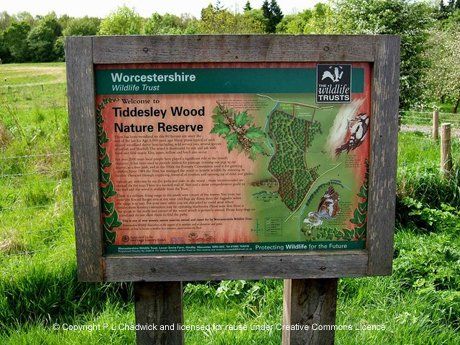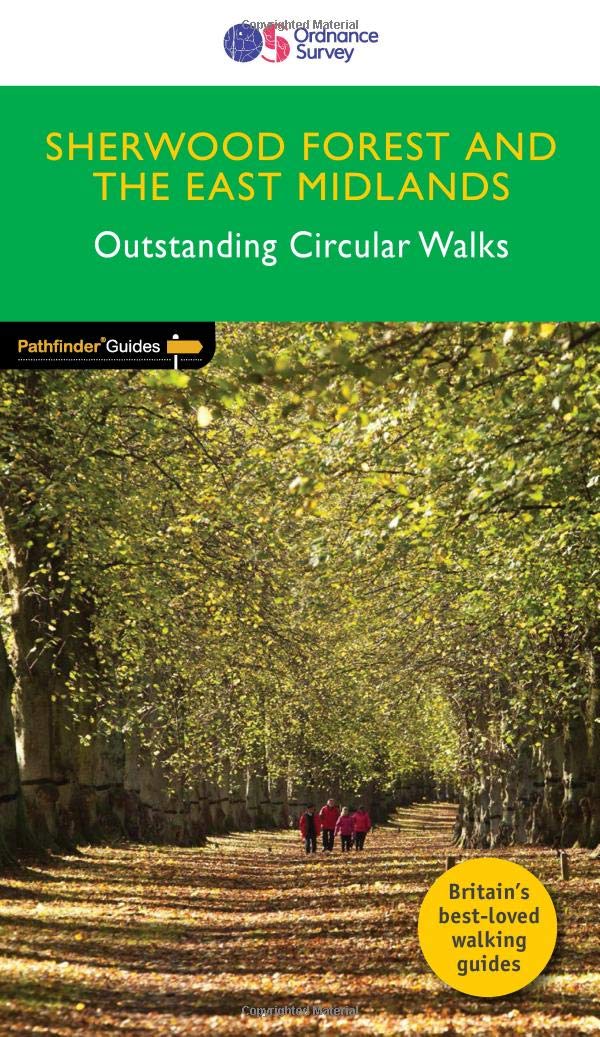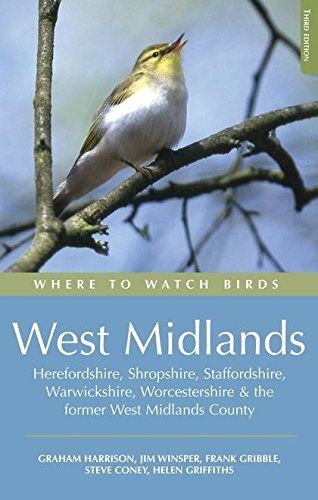This ancient woodland was once an enclosed deer park previously owned by Westminster Abbey and local nobility as well as the Forestry Commission. The Forestry Commission managed much of the wood as a commercial forestry plantation in the 1950s. The Worcestershire wildlife trust bought the wood because of its outstanding importance as an ancient woodland with the ultimate aim of restoring it to its former condition.
The coppice plots are carpeted with wildflowers in spring – bluebells, wood anemones, violets and cowslips. Coppicing trees involves cutting them back almost to ground level. This encourages new growth and, when done in rotation, ensures a diverse range of habitats through different stages of growth. These coppice areas are great for butterflies, insects and warblers.
The larger trees provide habitats for insects that need mature and dead wood. In these shadier areas visitors should look for uncommon violet helleborines and, where some light penetrates, herb Paris, greater butterfly orchid, twayblade and dog’s mercury.
The conifer plantations are gradually being converted to broad-leaved woodland and provide a contrast to oak, ash, aspen, hazel, blackthorn, small-leaved lime, wayfaring and wild service trees. Visitors should keep a look out for the more obvious wild plum, pear and crab apple trees too.
The wide rides and mown paths through the woodland are bordered by herbs and shrubs that provide a hunting ground for club-tailed dragonflies and white-legged damselflies. Regular visitors to Tiddesley should spot white admiral butterflies feeding on honeysuckle or peacock and gatekeeper butterflies feeding on nettles and grasses. Butterflies, bees, hoverflies and beetles can all be found amongst the teasels, thistles and dog roses in these green margins.
The orchard at the main entrance to the woodland is the remnant of a thriving fruit-growing and market gardening industry that developed in this part of Worcestershire in the 19th century. At one point, substantial parts of the surrounding fields were occupied by orchards. Gooseberry and currant bushes were still commercially grown here into the 1960s. In fact, the Purple Pershore Plum was bred from the Yellow Pershore or Egg Plum (so called because of its size and shape) that was discovered here in 1833.
Tiddesley’s orchard is now managed more with wildlife in mind than commercial interests. The dying and decaying trees are an important habitat for the nationally rare noble chafer beetle which has been recorded here for many years. The larvae live in the rotting heartwood of the trees and their presence is often discovered through their droppings (frass) in hollow tree trunks. Visitors should keep their eyes peeled for the adults feeding on hogweed on the edges of the wood during July and August.
All common woodland birds including blackcap pictured
We highly recommend the publications below to compliment your visit to this Region.
Back to Worcestershire Birdwatching sites










